Lake Murray, in South Carolina, faces a strange phenomenon in which fish continue to wash up on its shores.
The mystery has confounded visitors, but there is a scientific explanation for the fishy occurrence.
Yearly Occurrence
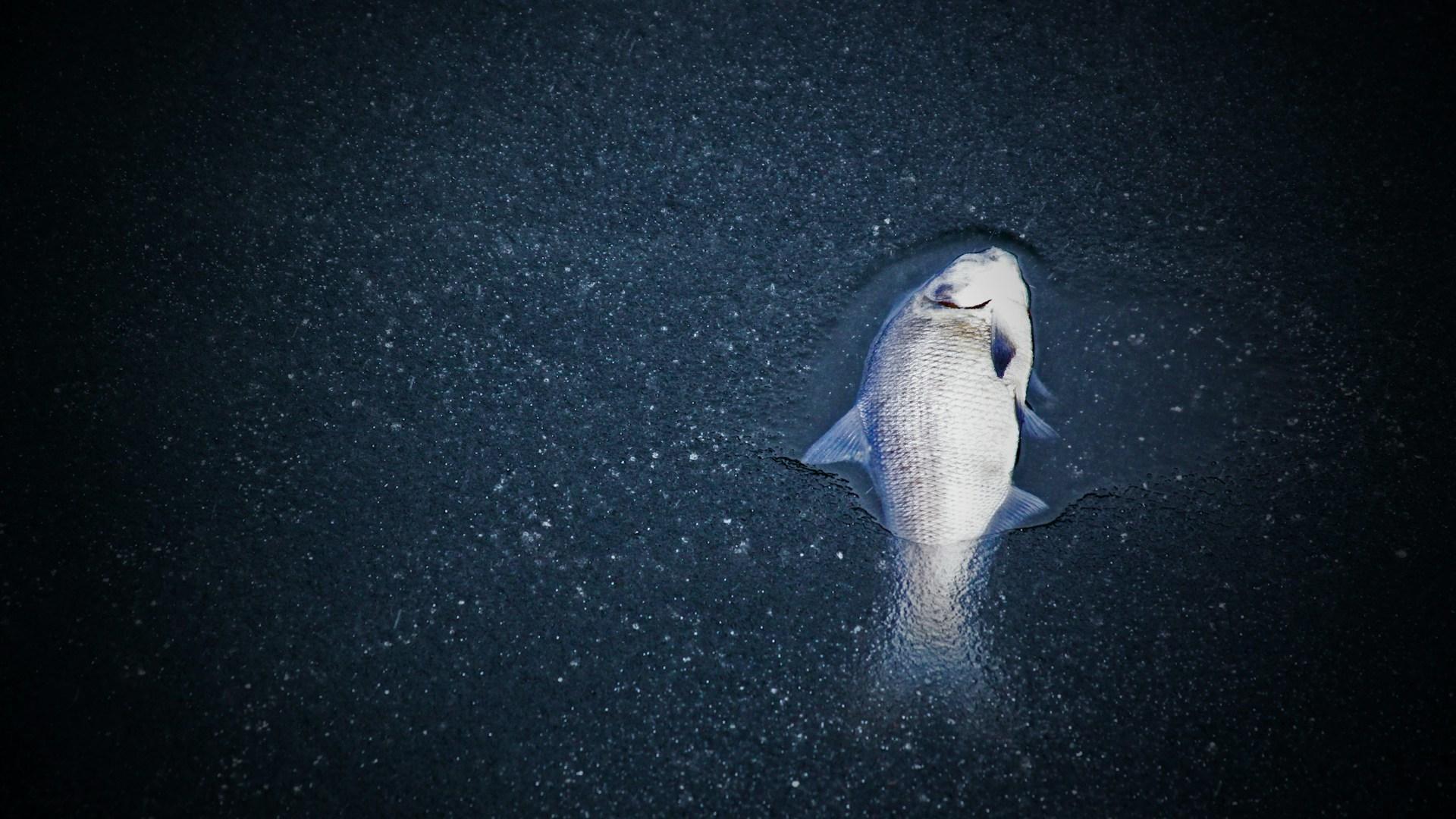
The mystery is caused by a phenomenon that occurs every year in the lake, although circumstances this year have made it particularly notable.
The yearly effect on the water quality is described by the South Carolina Department of Natural Resources (SCDNR) as a “temperature oxygen squeeze”.
Affects Only a Single Species of Fish
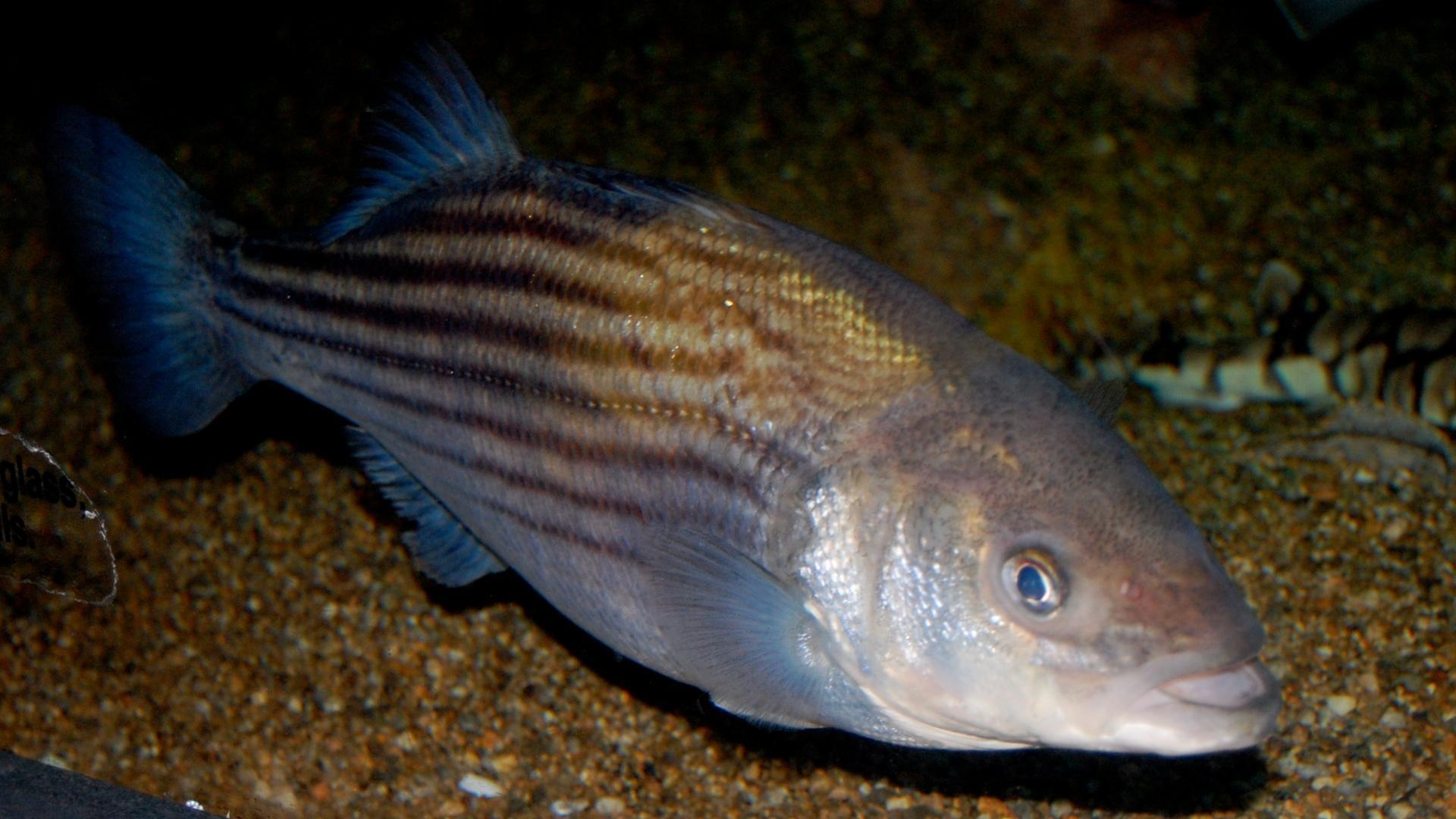
What makes the mystery even more bizarre is that it affects only a single species of fish.
Despite the lake being host to many different species of aquatic life, the Striped Bass is the only species that appears to be affected by the temperature oxygen squeeze.
Lake Murray

Lake Murray is a vast, inland reservoir in the center of South Carolina. It has a 650 mile-long shoreline and is over 40 miles long.
The lake is named after the chief engineer of the reservoir project, William Murray.
100 Found a Week
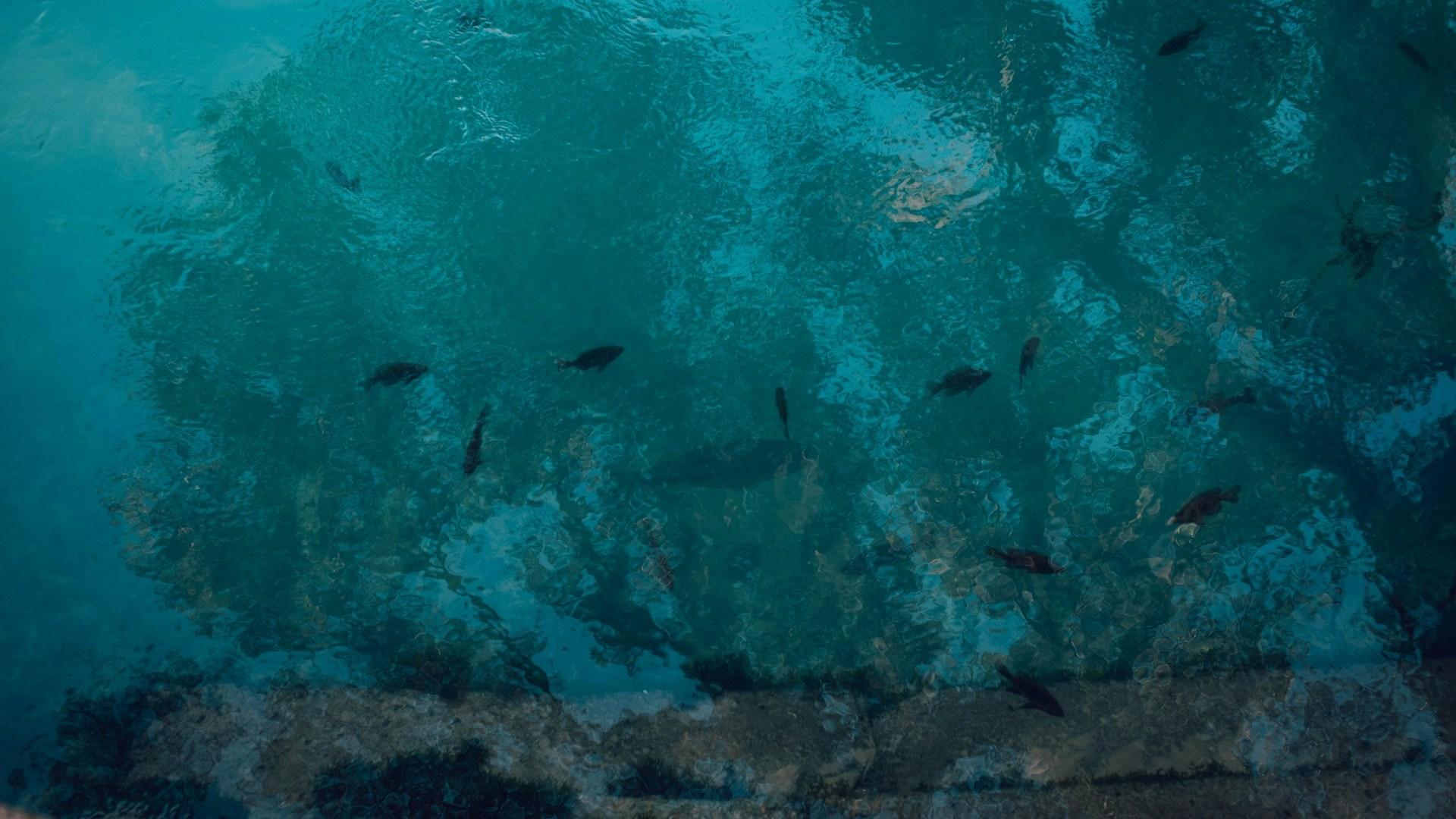
Fish are currently being found on the shore of Lake Murray at a rate of around 100 a week.
2 weeks ago, surveyors managed to find over 100 of the bass, and last week around the same amount, although the true amount will be higher.
Killing Off a Tourist Attraction
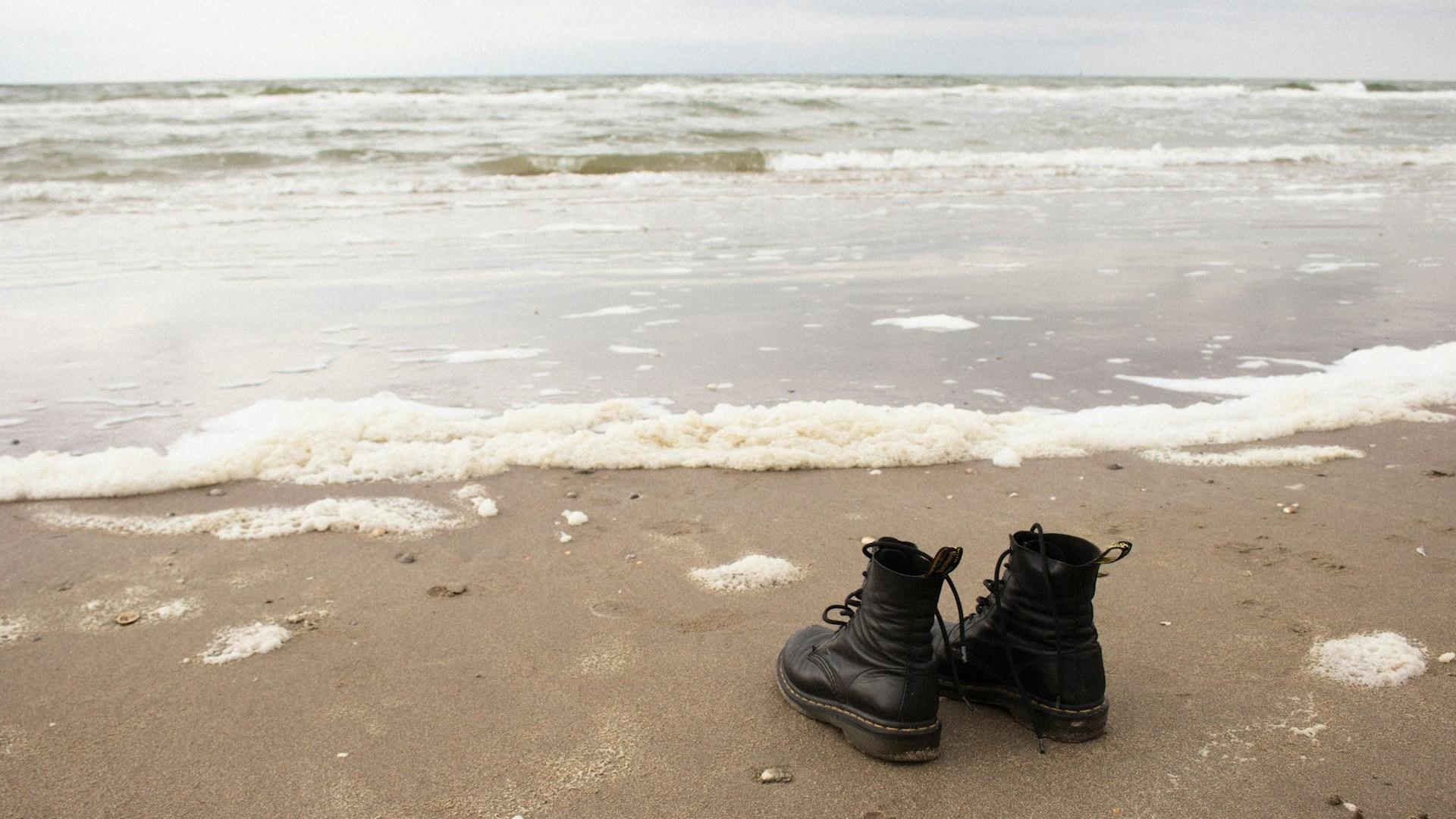
The Striped Sea Bass are a tourist attraction, so the phenomenon is directly affecting the region’s tourist industry.
Conner Owens, a biologist at the SCDNR, says that the fish species are the biggest tourist attraction at the reservoir.
Temperature Oxygen Squeeze

The temperature oxygen squeeze occurs when the temperature of the surface of Lake Murray increases in the summer months.
The warmer temperatures drive the sensitive Striped Sea Bass deeper into the reservoir, where they use up the limited oxygen and begin to die off.
Mystery Solved
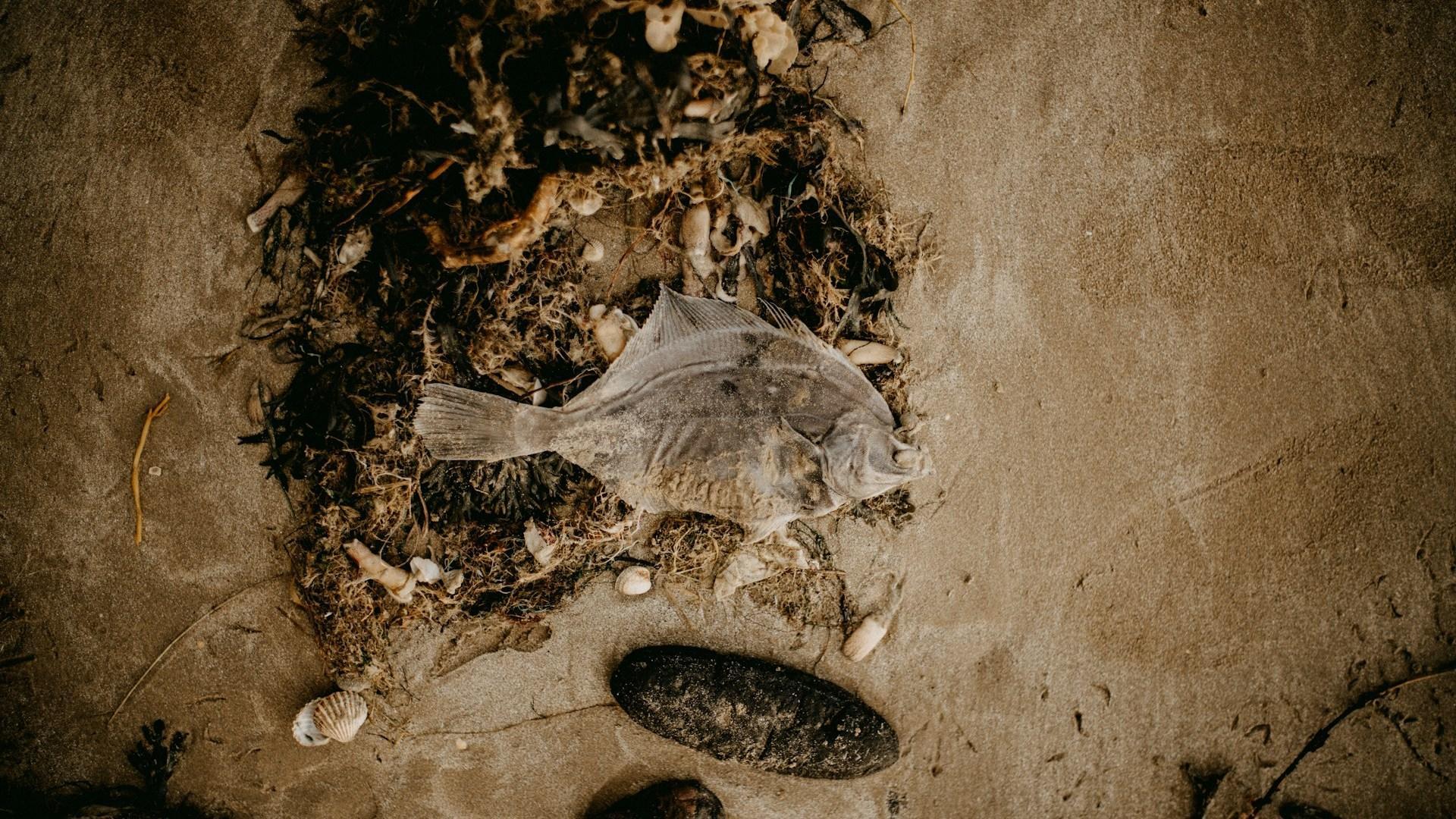
Once the fish die off, they tend to float to the surface and wind up on the beaches of Lake Murray.
On the shore, if they are not spotted and gathered up, they can begin to rot and smell.
Unusually Early
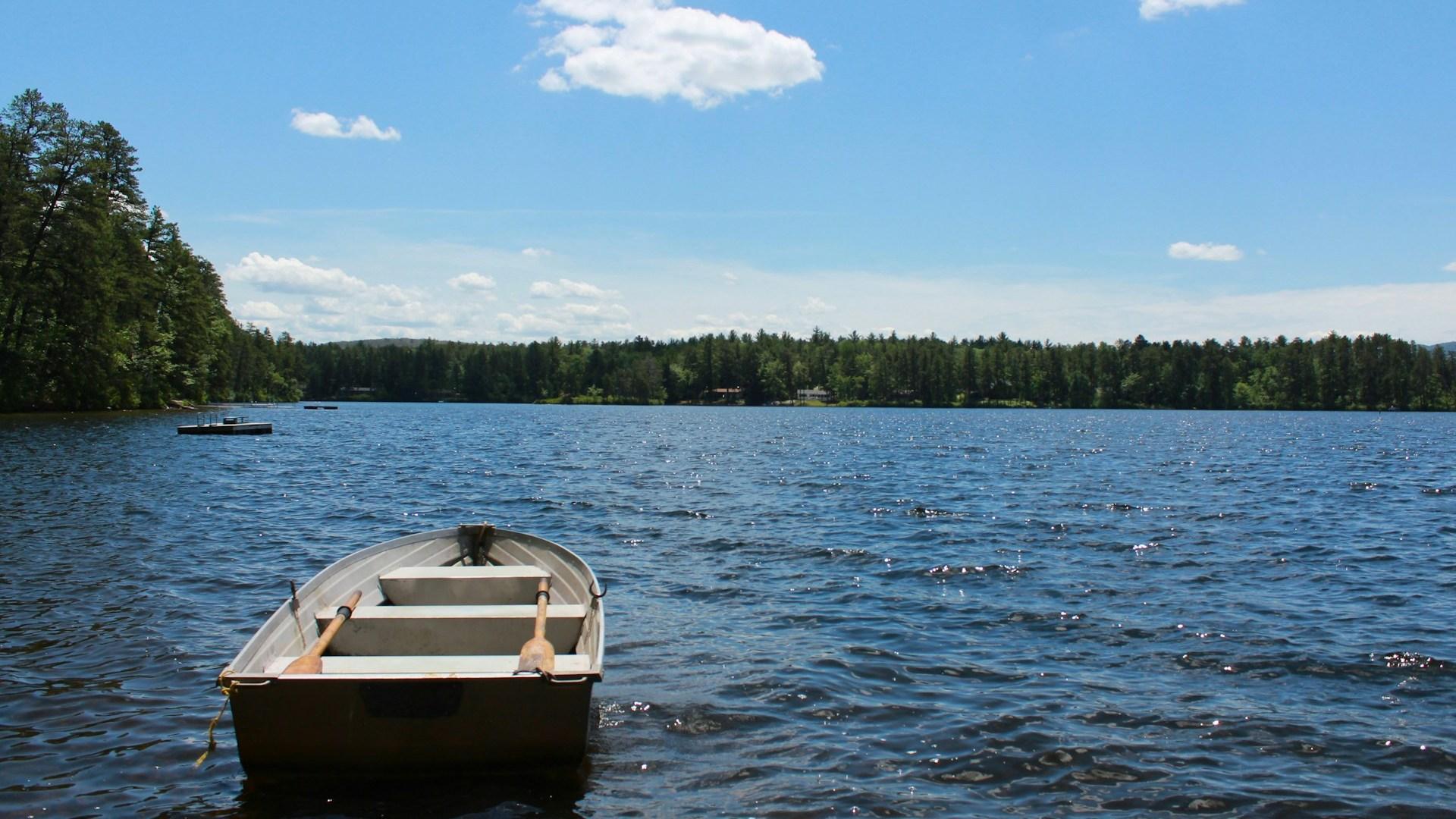
This year has seen the ‘fish kill’ come at a particularly early point in the year, and with more fish than would usually be expected.
Bradley Taylor, who runs tourist boat trips on the lake, says: “Every year we have a little bit, some years we have a lot, and its unknown at this point how bad it’s going to be, but this is definitely more than normal.”
Autumn Decline

Locals will have to wait some time before their beaches return to normal, as the phenomenon will last until the waters cool.
This usually occurs in September or October, when the striped bass will recover, and tourists can enjoy their distinct appearance once again.

